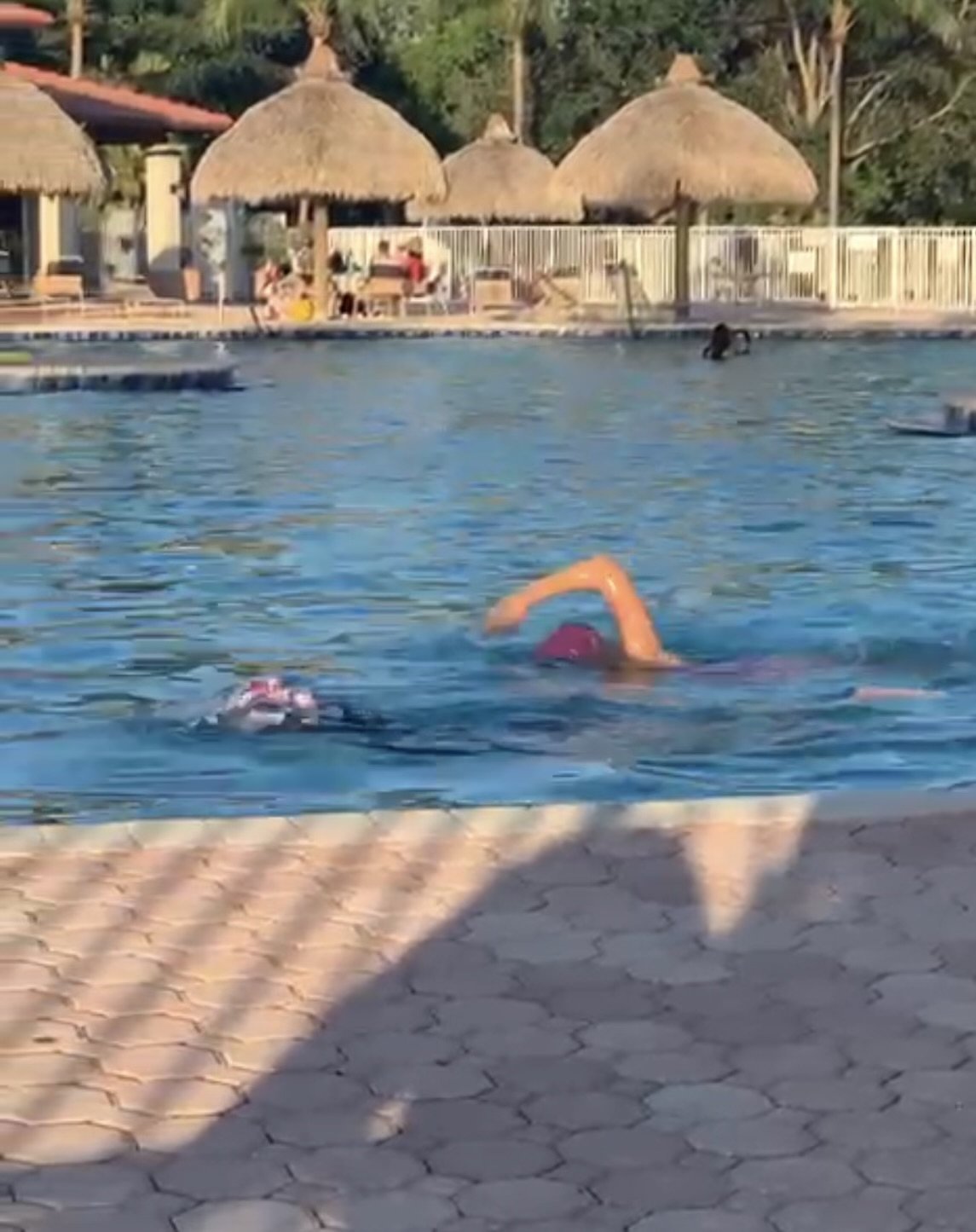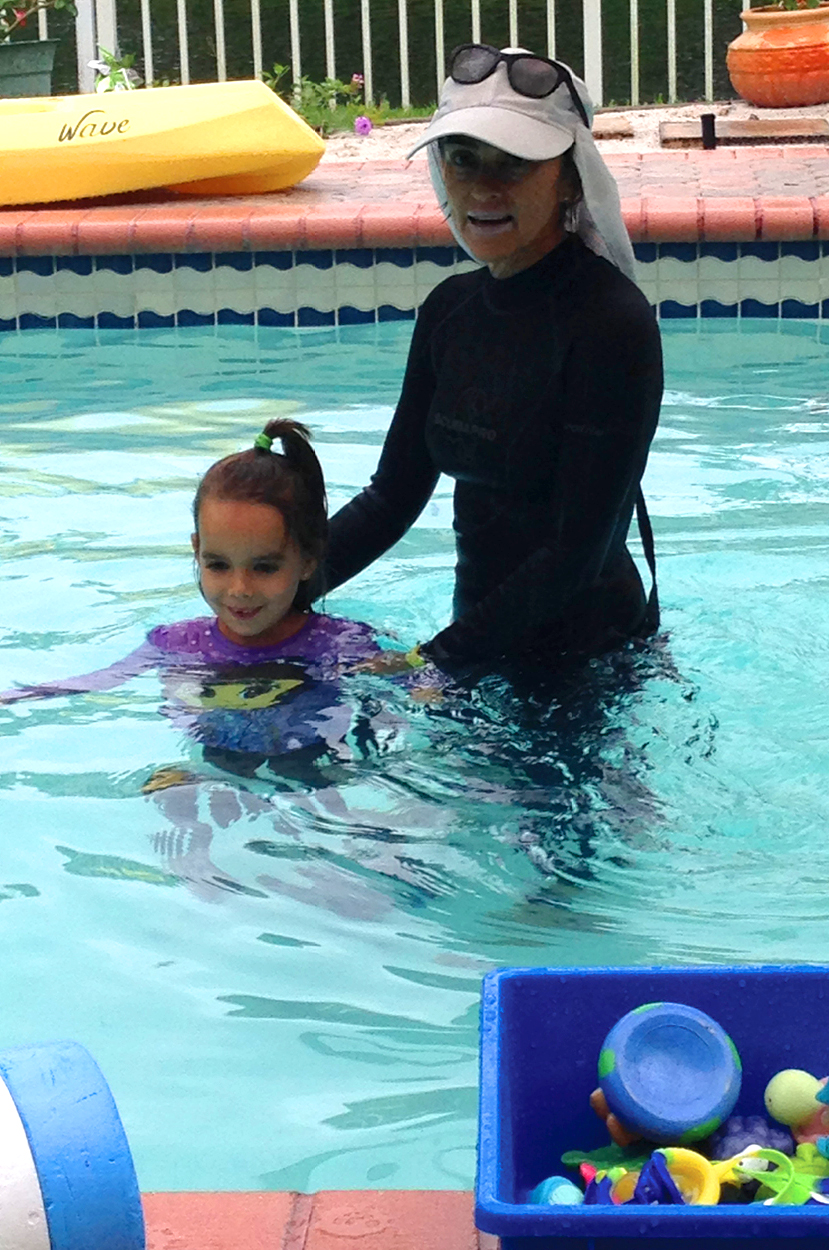FACTS
300,000 babies are born worldwide every day. One single baby generates 1,000 pounds of poop a year, creating lots of untreated waste. Babies use 6-8 diapers a day. A baby will create about 2,000 pounds of garbage. 90-95% of USA babies use 27.4 billion diapers every year, generating 7.6 billion pounds of garbage per year. This is enough waste to fill the Yankee Stadium 15 times over, or stretch to the moon and back 9 times every year. Disposable diapers are the third largest consumer item in landfills and represent 30% of non-biodegradable waste. Besides the diapers, our landfills contain 5 million tons of untreated human waste, a breeding ground for diseases that could potentially contaminate our groundwater.
FOR THE PLANET
It takes hundreds of years for disposable diapers to decompose when exposed to sunlight and air. Since they are dumped into the landfills with no exposure to sun or air at all, we don’t know exactly how many years they could actually be around. In some parts of the world, they are getting into rivers and oceans, blocking drains, harming wildlife and spreading diseases. Disposable diapers are considered the most harmful item of marine litter, causing also greater ozone depletion, releasing CFS as they decompose.
Compared to cloth diapers, disposable ones create 2-3 times more water waste, use 3.5 times more energy and 8.3 times more nonrenewable raw materials like trees and cotton pulp. One cup of crude oil is used to make the plastic for one disposable diaper. Over 250,000 trees are destroyed and 3.4 billions gallons of oil are used every single year to manufacture disposable diapers in the US. With that amount of oil we could have powered 5,222 cars in the same period of time. Adding the super absorbent polymers, gel like substances, the diapers can hold 300 times their weight in water, but use harmful deodorizing chemicals to bleach the diapers.
FOR THE BABIES
Baby’s skin absorbs about 50 different chemicals using disposable diapers, wipes and standard baby products. Sodium polyacrylate is added to the inner part to make it super absorbent, dioxin, a highly toxic carcinogen byproduct is produced form the chlorine bleaching processes, and phthalates, a plastic softener that is an endocrine disruptor and mimics human hormones by sending false signals to the body. TBT (tributyltil) a heavy metal, highly toxic environmental pollutant, has hormone-like effects in tiny concentrations, harming the immune system . The dyes used in the diapers also contain heavy metals. Xylene, ethylbenzene, styrene, and isopropylene, are all toxic chemicals emitted from the disposable diapers that affect the respiratory, endocrine and neural system. The skin exposure to all these chemicals, bacteria and ammonia from accumulated urine is what leads to rashes.
RECOMMENDATIONS
GO CLOTH diaper. Cotton reusable diapers are much better options, even if they use more water, energy and detergent to wash them. Go organic, no toxic pesticides or herbicides were used to grow the cotton and are unbleached. Go leak free! Take advantage of liners, the ones that are biodegradable or compostable.
Although throwing human waste in the garbage is prohibited by law, most parents don't shake the contents of their baby’s pamper into the toilet, and printed on the side of every disposable diaper are instructions for rinsing the diapers and flushing the fecal material down the toilet before putting it into the trash.
Another way is to follow the Diaper Free Baby and use the EC, elimination communication. You will learn the baby’s cues for needing to eliminate, same as you will learn their cues for hunger or sleepiness.
When you decide to use cloth diapers, you will find many options and support to embrace these inevitable parts of our lives raising babies. Go for it! It will be good for your economy, with just one big investment, your babies health and future developments—and the planet.
For the pool, you can find good water, leak proof non-disposable, reusable diapers, with pretty designs that will also help you save some money.
Resources: Green America organization. Disposable vs cloth diapers, Catherine Mohr.









































